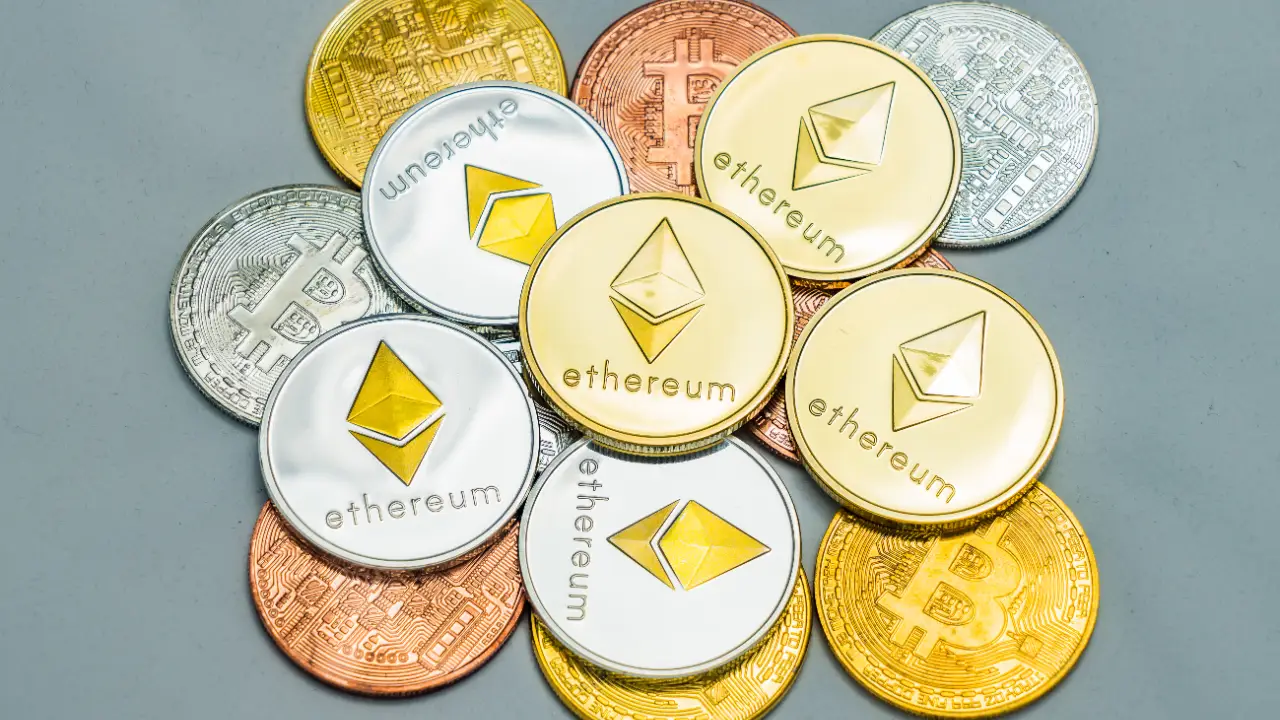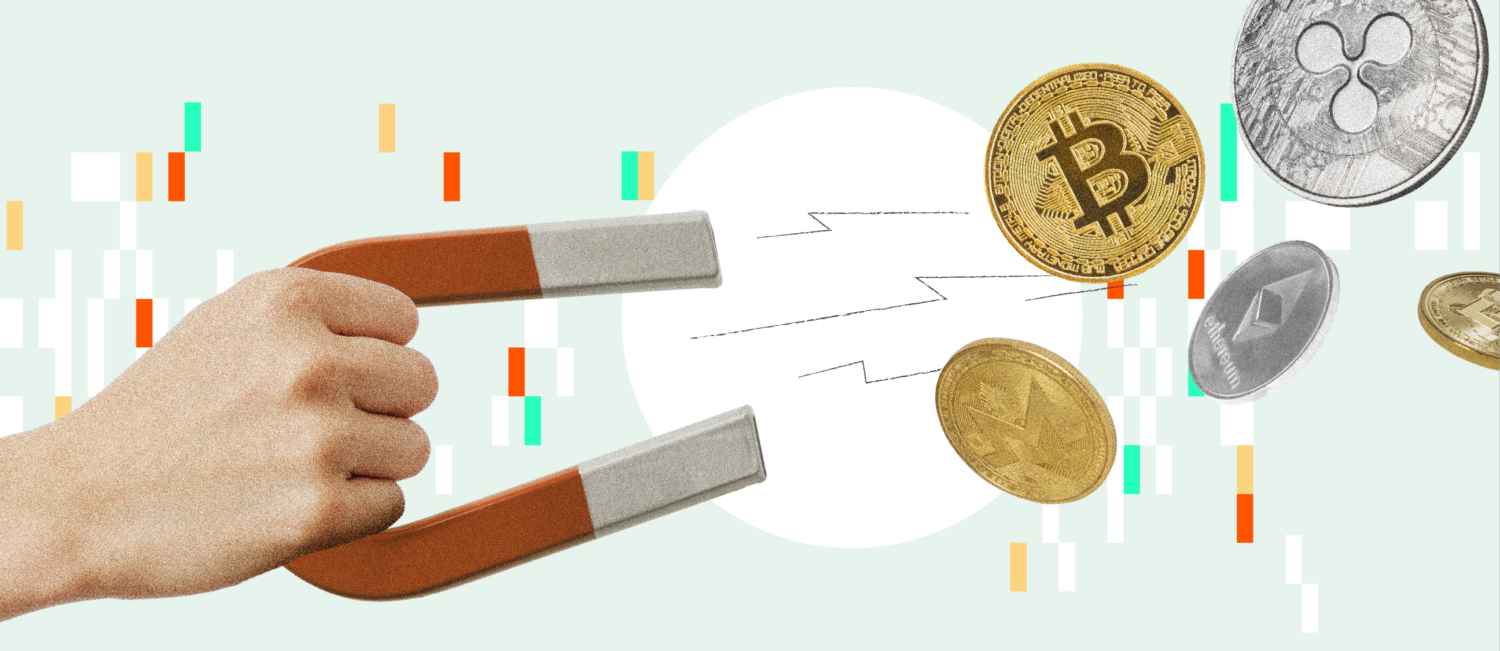Venturing into the digital currency space? Perfect timing! But, with great power comes great responsibility—especially when it comes to safeguarding your virtual coins. Whether it’s your first Satoshi or a substantial stack of Ether, knowing the best practices for storing cryptocurrency for beginners is non-negotiable. Get the inside scoop on choosing wallets, setting up strong security measures, and more. Prepare to make your digital gold as safe as the stuff in Fort Knox!
Understanding Cryptocurrency Wallets: A Beginner’s Foundation
Types of Cryptocurrency Wallets: Hot vs Cold
So, you’ve got some cryptocurrency, right? Now where do you keep it? Here’s a big tip – wallets. No, not the one in your pocket. I’m talking about digital wallets. They come in two types: hot and cold. Hot wallets are connected to the internet. Think of them like your easy-access pocket for daily spends. Cold wallets? They are offline, like a safe. They are key for keeping large amounts of crypto secure.
Why pick a cold wallet over a hot wallet? Security is the main reason. Since hot wallets are online, they’re more open to hacks. Cold wallets, though, are like disconnected safes. They’re harder to crack.
Hot wallets are handy since they let you access and trade crypto fast. They are software that you can use on your phone or computer. You should know though, they can be at a higher risk. Cold storage is great for holding crypto that you don’t plan to move often. Types of cold storage include paper wallets or hardware wallets. Hardware wallets are like high-tech USB drives designed to store crypto securely. They keep your private keys offline.
Evaluating Wallet Security Features for Beginners
When scouting for a wallet, start simple. Look for a beginners guide to crypto storage. It’s going to help you spot what’s important. What should you look for? Here are a few must-haves:
- Multi-signature support: This means more than one person needs to okay a transaction. More sign-offs, more security. It’s like needing two keys to open a bank vault.
- Backup features: Look for a wallet that makes backing up easy. Ensure you have access to your funds if your device gets lost or breaks. That’s where the seed phrase comes in. Your seed phrase is a list of words that stores all the info needed to recover your crypto. Write it down, keep it safe.
- Two-factor authentication (2FA): This is an extra layer of security that asks for a second code when you log in. It’s one more barrier for anyone trying to get into your wallet without permission.
Remember, your crypto is as safe as your wallet’s security. Secure password management for wallets? Crucial. You must create strong passwords and keep them private. Updates to your wallets are also important. They often have security improvements. And when it comes to storing digital assets securely, always watch out for phishing scams. Don’t click on strange links. They can be traps set by hackers.
Find software or hardware wallets with good reviews by other newbies. Mobile wallets are good for spending on the go, but they’re still hot wallets. Desktop wallets are better for larger amounts. They can offer more control and security features.
Lastly, use trusted wallet providers. You don’t want to risk using a service that could vanish with your coins. Safety of crypto investments is all about being wise with the basics. Choose the right wallet, and you’re on the right track.
Setting Up Secure Crypto Storage
The Step-by-Step Process to Using Hardware Wallets
So you want to keep your crypto safe? Let’s talk hardware wallets. They are like secure USB sticks for your digital coins. First, pick a trusted wallet provider. Check reviews and do your homework. Once you have one, here’s what to do:
- Plug it in and set it up using the device’s guide. No rush!
- Write down your recovery seed phrase that pops up. It’s super important.
- Set a strong password for your new wallet. Think hard to crack!
- Transfer your crypto to this wallet using its public address.
- When done, unplug and store it safely. Think of a secure spot that only you know.
Using a hardware wallet means your crypto lives offline, away from hackers. It might seem old-school, but it’s gold for keeping your crypto safe.
Backup Strategies and Recovery Seed Phrase Protocols
Now, onto backups and seed phrases. Hear this loud and clear: without your seed phrase, lost crypto stays lost. It’s the master key to your digital cash stash. So, handle it smart:
- Write your seed phrase on paper. Maybe make two copies.
- Keep these copies tucked away safe from water or fire damage. Think safes or deposit boxes.
- Never spill your seed phrase online. No emails, no photos.
- Seed phrases are a string of random words like “dog apple orange.” They don’t make sense, and that’s the point.
- Set a reminder to check your backups once in a while. Make sure they’re still safe.
Mix these hardware wallet steps and seed phrase smarts, and you’re on a good path. Your crypto gets a secure home, with backups ready if tech gets tricky. Remember, in crypto land, taking care of your own security is key. Keep your coins in your control, and sleep easy knowing your digital treasure is tucked away tight.
Protecting Your Digital Assets from Vulnerabilities
Mastering the Use of Multi-Signature Wallets for Enhanced Security
When you keep money, you keep it safe, right? It’s the same with crypto! Think of multi-signature wallets as a safe that needs two or more keys to open. For you to send crypto from this wallet, more than one person must agree. It’s a team effort! This stops one person from running away with all the coins. Even if someone steals your key, they can’t do much without the others.
Now, why use a multi-signature wallet? It’s simple. Safety in numbers. It’s how you add an extra layer of security. And if your main key gets lost, you’re still okay. Remember, this is not for your daily spending. It’s for savings that you won’t touch often. It’s like having a savings account at a bank. You don’t use it every day, but you sleep well knowing it’s there and safe.
But how do you set it up? Just pick a wallet that allows for multi-signature, like BitGo or Electrum. Then, you create your wallet with more than one set of keys. Each key holder must keep their part secret and secure. Then you’re all set! Need a hand? There are guides online that walk you through it step by step. It’s worth a look.
Recognizing and Avoiding Phishing Scams and Exchange Vulnerabilities
Phishing scams trick you to give away your info. They can come as emails that look real but are fake. They may ask for your crypto wallet details or passwords. If you’re not sure, don’t click on any links or give out your info. Always check the email address carefully. Fake ones might look almost right but often have extra letters or dots.
What’s more, you need to watch out for exchange hacks. That’s when bad guys break into places where people trade crypto. They steal coins right from under your nose. How do you stay safe? Keep only a small amount online, like in a wallet on your phone or computer. It’s for everyday use. Think of it as pocket money.
The rest? Stick it in cold storage. It’s like a safe that’s not connected to the internet. These can be hardware wallets, USB devices, or even paper wallets. Yes, paper! You write your key and keep it locked up. Only when you need to use it, you get it out. This is like having the bulk of your cash buried in a time capsule, hard to get to without a shovel.
Remember, always keep your software up to date. New updates fix holes that could let hackers in. Plus, use strong passwords. Not your birthday or name. Think more like a random mix of letters, numbers, and symbols. And two-factor authentication (2FA)? Turn it on. It’s like having a double lock on your door.
Storing crypto can seem wild at first. But break it down, and it’s just like keeping anything valuable safe. Use the right tools, stay sharp, and your digital dough will stay right where it should – in your wallet.
Advanced Tips for Long-Term Cryptocurrency Safety
Encrypting Digital Currencies and Managing Passwords
Securing your crypto begins with solid passwords. Always use complex passwords. These should be long, with numbers, symbols, and both upper and lower case letters. Never reuse passwords. Each wallet or account should have a unique password. This way, if one gets cracked, the others stay safe.
Remembering many passwords is hard. So, use a trusted password manager. It stores passwords securely for you. This means you only need to remember one main password. Make sure that one is extra tough to crack and do not share it.
Two-factor authentication adds another security layer. It usually requires a code from your phone after the password. It’s like having a second lock on your crypto vault. Do not skip this step. It’s there to stop hackers even if they guess your password.
Best Practices for Physical Storage Solutions: Paper and USB Wallets
For keeping your crypto extra safe, think about cold storage. This means storing it offline. Paper and USB wallets are great for this. With paper wallets, your public and private keys are printed out. You can store these in a safe spot. For more on this, check out guides on how to make paper wallets.
USB wallets are like paper but digital. You save your keys on a USB drive. It’s small, portable, and you can lock it away. Remember though, USB drives can break or get lost. So, always back up your data.
Here’s a top tip: Keep several copies of keys in different places. For example, one at home, one with a trusted friend, and maybe another in a bank safety deposit box. If one gets lost, you still have backups.
Encrypt your USB drive for added security. If someone finds it, they can’t access your crypto without the encryption password. Use a strong password here too—one that’s hard to guess.
To lower risks, use USB drives specially made for crypto. These are hardware wallets. They are built strong and are harder for thieves to break into.
In the end, the main goal is keeping your crypto safe. Use strong passwords. Enable two-factor authentication. Also, consider cold storage like paper or USB wallets. Don’t forget to encrypt and backup everything. Follow these steps, and your digital currency stands a good chance against the online wilds.
Store smart, and sleep tight knowing your digital coins are tucked in safe and sound.
In this guide, we explored the essentials of using cryptocurrency wallets, from hot and cold storage options to backup tactics. We talked about setting up hardware wallets step by step and the importance of recovery seed phrases. Understanding multi-signature wallets and recognizing threats like phishing help keep your digital coins safe. We also covered encrypting your stash and best ways to handle paper and USB wallets. Remember, securing your crypto isn’t just smart—it’s a must. Take these tips, protect your assets, and trade with peace of mind. Your financial future deserves that extra care. Stay informed and stay secure!
Q&A :
What Are the Safest Ways for Beginners to Store Cryptocurrency?
When it comes to storing cryptocurrency safely, especially for beginners, the consensus suggests using hardware wallets that store the user’s private keys offline, making them less susceptible to online hacking attempts. It is also recommended to use reputable wallets, set strong and unique passwords, and consider multi-signature wallets which require multiple private keys to access the funds.
How Can I Ensure the Security of My Cryptocurrencies?
Ensuring the security of your cryptocurrencies involves several steps:
- Always use two-factor authentication (2FA) for your accounts.
- Keep your software updated to protect against vulnerabilities.
- Be wary of phishing scams and never disclose your private keys.
- Research and use wallets with a strong security track record.
- Consider the use of cold storage options like paper or hardware wallets for significant amounts of cryptocurrencies.
What Are the Differences Between Hot and Cold Wallets?
Hot wallets are connected to the internet and provide convenience for frequent trading and transactions. They include software wallets like desktop, mobile, and online wallets. Cold wallets, on the other hand, refer to offline storage options such as hardware and paper wallets. They offer higher security by minimizing exposure to online threats but are less convenient for regular use.
Can I Store All of My Cryptocurrencies in One Wallet?
It depends on the wallet. Some wallets are designed to support multiple types of cryptocurrencies, known as multi-currency wallets. They can be convenient, but it’s important to ensure the wallet is secure and well-maintained. However, for added security, you might consider using separate wallets for different types of currencies or for holding large amounts.
What Beginner Mistakes Should I Avoid When Storing Cryptocurrency?
Beginners should avoid the following mistakes:
- Failing to back up wallet information, including private keys and recovery phrases.
- Using simple passwords or reusing them across different services.
- Falling for scams that ask for private keys or personal information.
- Neglecting to enable security features such as 2FA.
- Leaving large amounts of currency in hot wallets or on exchange platforms for long periods.
Remember, each decision regarding crypto storage should balance convenience with security based on individual needs and the amount of currency you plan to store.


